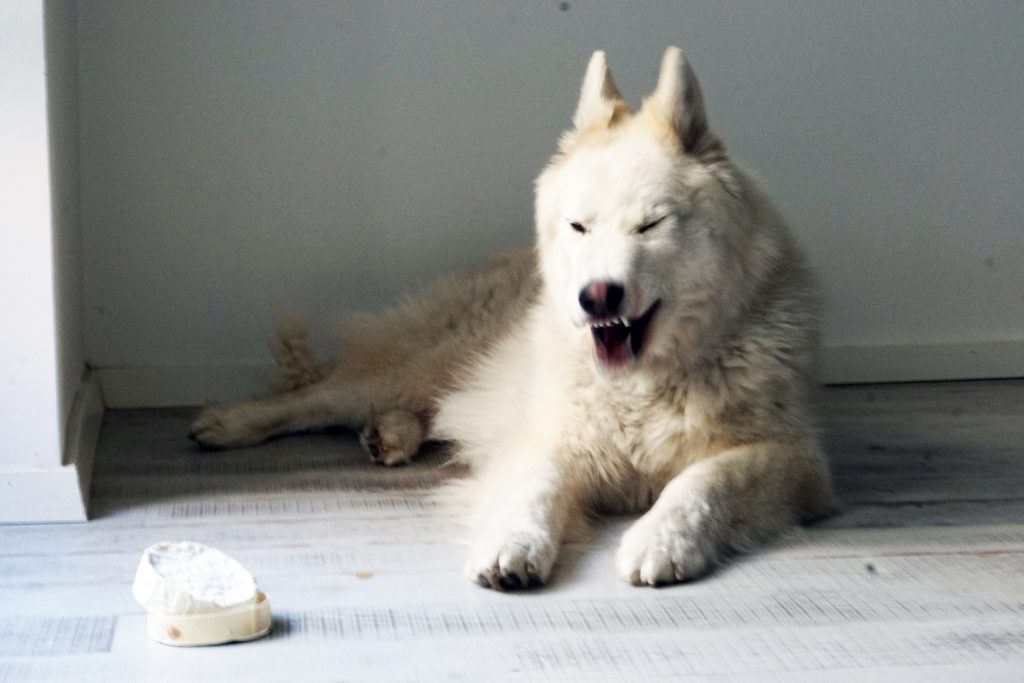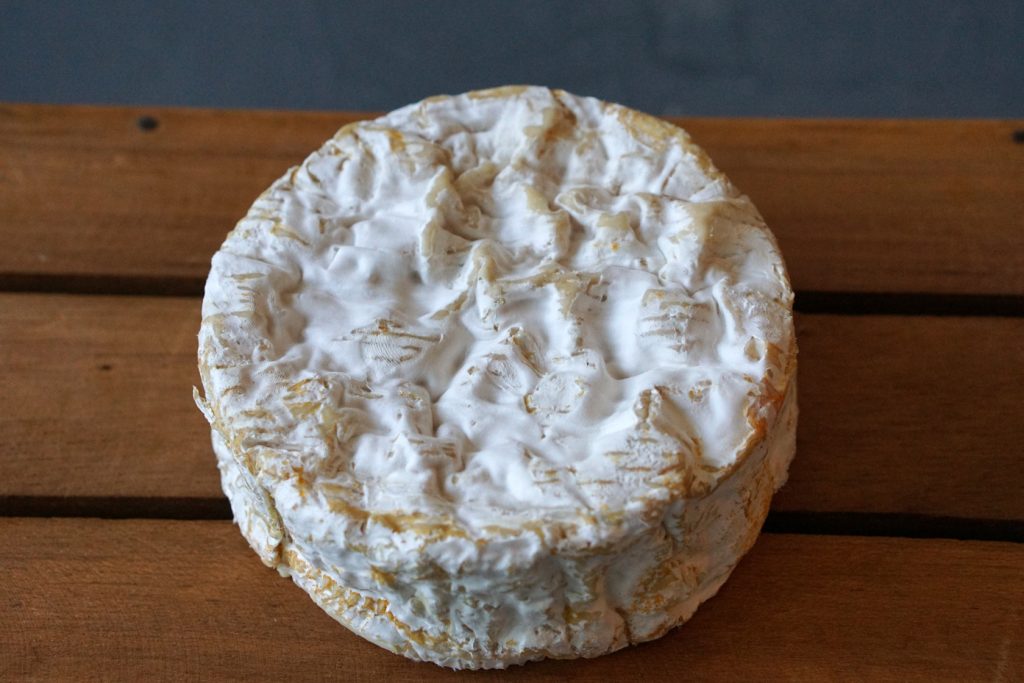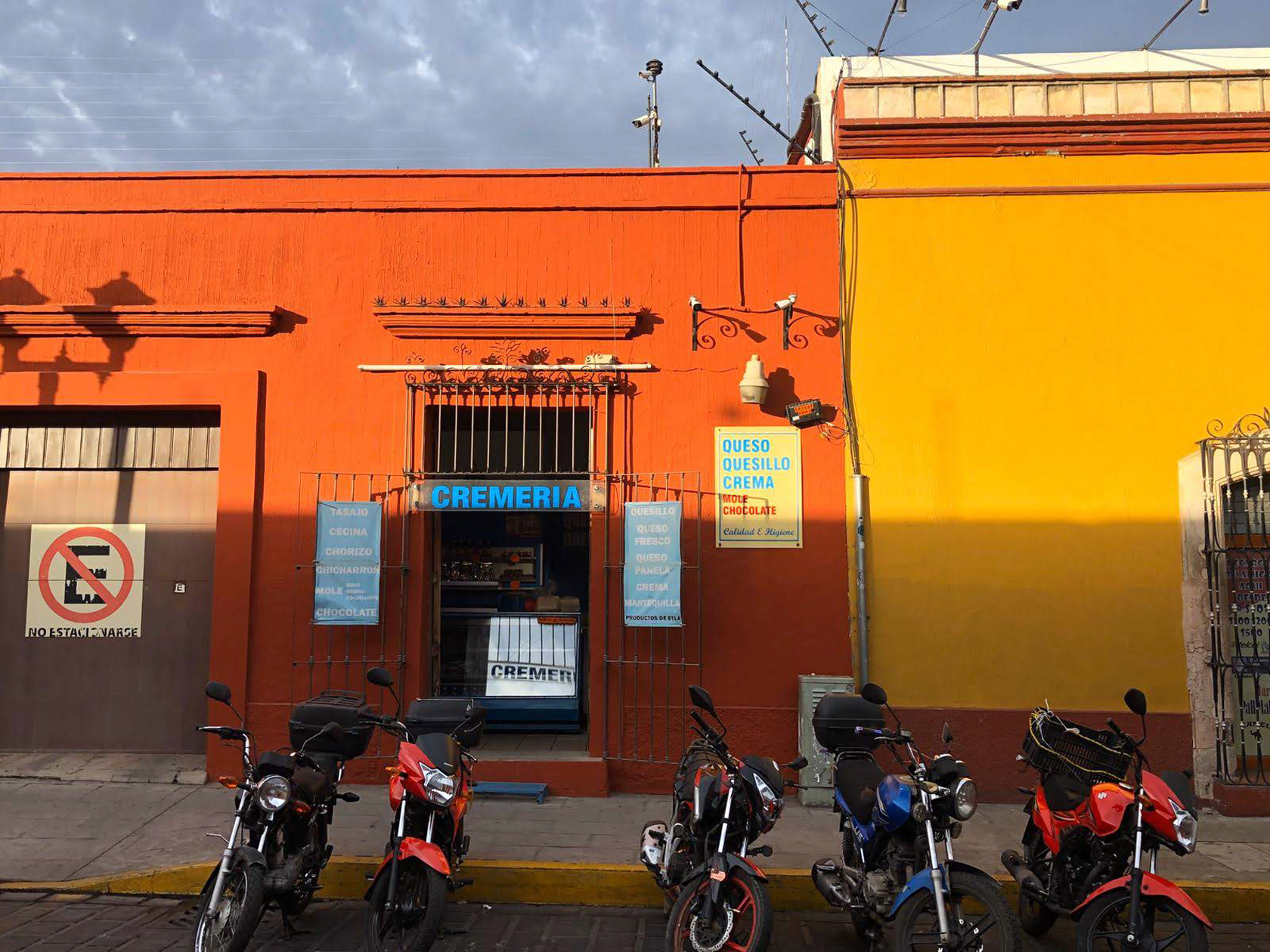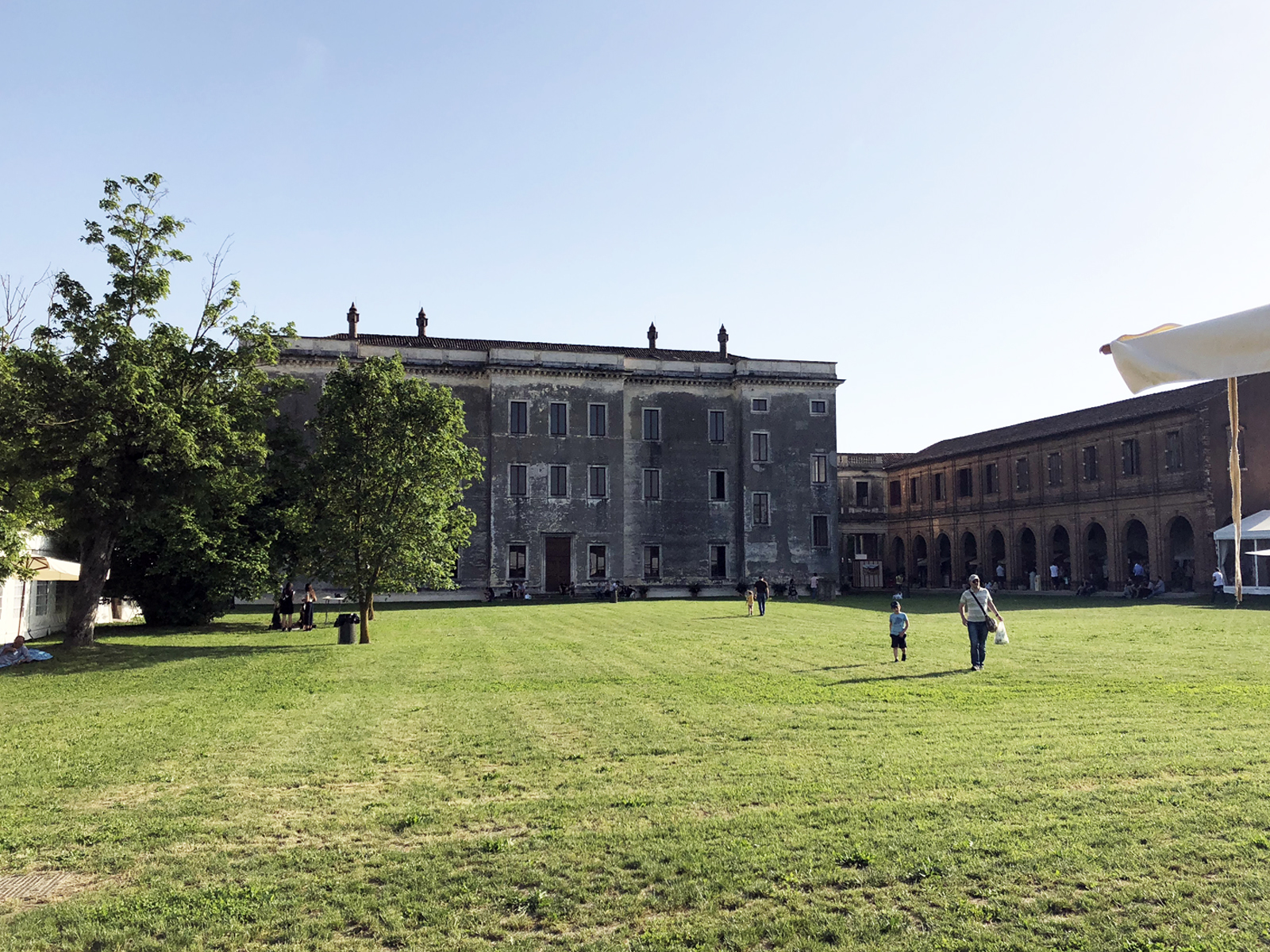Over the past few days and weeks we all read and heard a lot about the “war on camembert”, “the death of an icon”, the “beginning of the end” but what is really behind the story and what really is a true Camembert?
A Camembert in general terms is a semi-soft, mold-ripened cow´s milk cheese with a round shape of 11x3cm and a minimum weight of 250gr and everyone who can produce a cheese like this is allowed to name it Camembert. So far, so good – we all have seen Camembert in the supermarkets.
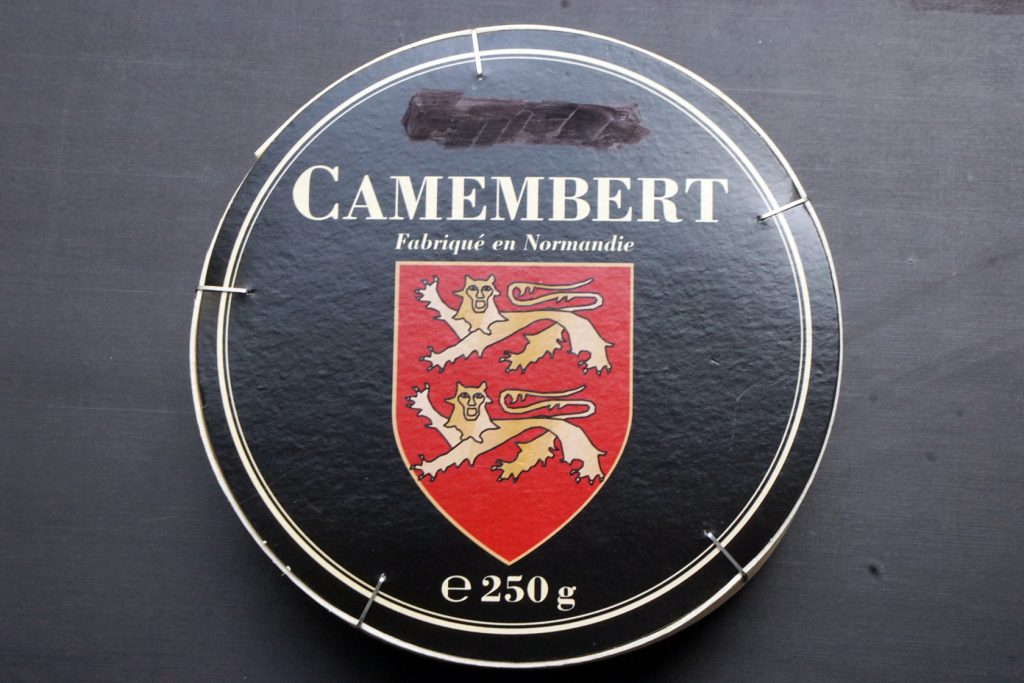 But there is also another Camembert, a Camembert with the annex “de Normandie” and there is a historical development and a difference in quality and mindset behind this annex and within it lies the outrage that is now to be observed.
But there is also another Camembert, a Camembert with the annex “de Normandie” and there is a historical development and a difference in quality and mindset behind this annex and within it lies the outrage that is now to be observed.
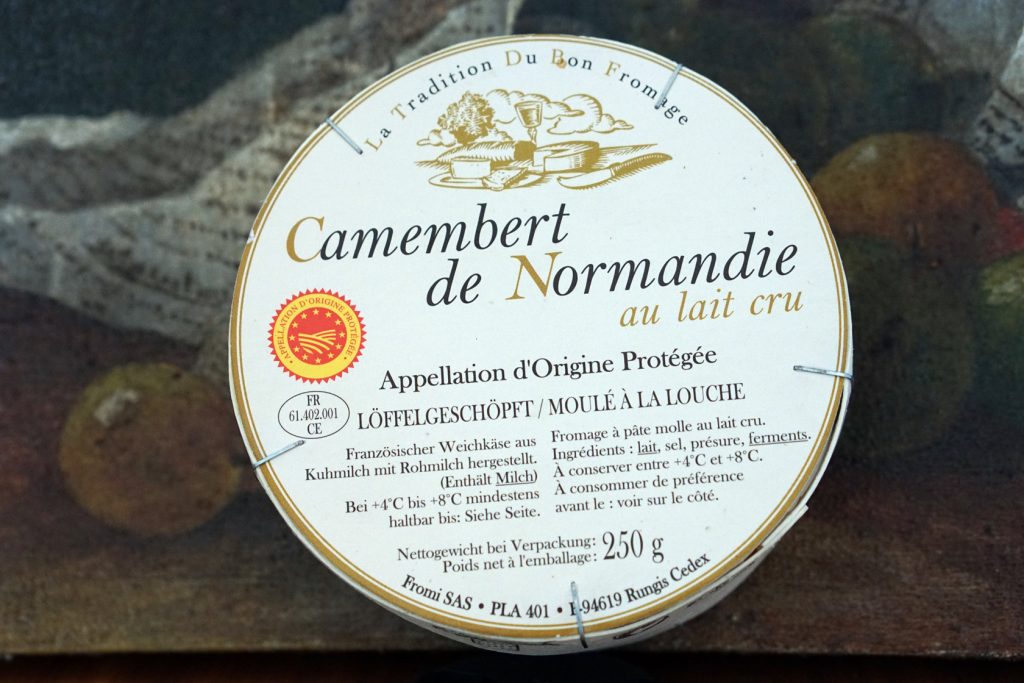 Maybe we time travel a little through time to get a picture of the moldy, round shaped icons history:
Maybe we time travel a little through time to get a picture of the moldy, round shaped icons history:
Despite the well spread legend of Marie Harel, a norman cheesemaker, who is said to have hidden a priest from the Brie region during the French revolution in 1791 and combined the Brie manufacturing procedures with the ones from the cheeses made in Camembert, first documents of Camembert cheese date back to the beginning of the 18th century.
It is though due to Marie Harels entrepreneurial skills that made her the predecessor of a family of successful cheesemakers and led into her grandson presenting Camembert to the Emperor Napoleon III in 1863, thus laying the foundation of a cheese now known worldwide.
It was already in the 19th century that the Camembert shaped in form and taste the way that it is known to us now. With the invention of trains, long transportation of the fragile delicacy got feasible and at the end of the century cheesemakers switched from transportation paper wrapped pieces in large crates to packaging Camembert in the round, wooden box that is characteristic until today.
As Pasta Carbonara is said to be invented and spread worldwide by American soldiers during WWII as a result of their war diet consisting of bacon and cheese and the pasta found on the spot, the Camembert started its triumph through France and Europe as being one of the main ingredients of the food package of French soldiers during WWI.
But with fame and popularity also come others who want to share the cake and imitate the original and it is hard to protect the origins of something that is already produced by many and besides its name has already lost its originality.
This might be one of the reasons that, although producers of Normandy associated already in 1909, it took more than 70 years – until 1983 – to distinguish the Camembert de Normandie from the ones in the rest of the world and award it with the AOP (PDO) label.
Therefor now there is the generic one, simply named Camembert, and defined by the Codex Alimentarius – (latin for code+food), only regulated by general means of health concerns and trade issues [fao.org], and there is the PDO (or AOP) one, the Camembert de Normandie, meaning it is produced according to defined standards and in a defined region. [PDO]


Among procedures of exactly which additives are allowed to be used and how the milk has to be coagulated and in how many layers the curd has to be molded and in what intervals, and how the whey should drain and the cheeses be turned, aged and packaged there are two key standards for the production of Camembert de Normandie AOP.
The use of raw milk, produced in designated towns of Normandy and from at least 50% Normand cows (percentage as to be reached by 2020) that have to be in pasture for at least 6 months and be fed hay the rest of the year, with a minimum of other feeds (e.g. corn silage). The decision for this specific breed, that produces a lot less milk than e.g. the wide-spread Holstein one, based less on the national name than on the fact that the Norman breeds milk is very high in Casein (protein, 3,6%)and rich in fat (4,4%) and therefor predestined for cheese making.


But as so often in life it takes a long time to establish something good and it can go very fast sending something down the drain.
In the case of the AOP labeled Camembert de Normandie it took about a decade.
Already in 2007/2008 – 2008 being the year of introducing the use of the Normand cow breed and feeding criteria into the AOP standards – three factories dropped out of the production of AOP, one of which was the world´s largest multinational dairy Lactalis. (Holder of brands such as Galbani, Parmalat and Président)
Lacatlis, after a fruitless attempt of legalizing Camembert AOP made of pasteurized milk, reasoned the drop-out with stricter production criteria and the world-wide growing health concerns towards raw-milk cheese, laying the foundation for the “War on Camembert”.
As a follow-up and to ship around the AOP standards while still benefiting from the reputation of the “Camembert de Normandie” several producers started to use the labeling “Camembert made in Normandy”, meaning that the cheese only has to be assembled in Normandy, the production method though does not have to do anything with the AOP standard and the used milk, pasteurized or powdered, can come from anywhere in the world where cattle and labour is cheaper.
Unfortunately all moves by the Union of the AOP C.d.N. to outlaw this term, proved to be unsuccessful and the noose around the AOP Camembert de Normandie AOP tightened.

Now, in February of 2018 the I.N.A.O., Frances Institute of Origin and Quality – that, in 2007, hindered Lactalis from labeling pasteurized milk Camembert as AOP – set an end to the dual system of the “Camembert de Normandie AOP” and the “Camembert made in Normandy” leaving a torn Camembert world to make up its own opinion.
The reactions we saw were pluralistic and there are certainly pros and cons to be taken into account but the question remains if the pro´s – so to find – couldn´t have been achieved in a different way.
Here are the new rules to make up your own mind:
- The labeling “made in Normandy” is no longer to be used (as of 2021)
- The labeling only carries the name “Camembert de Normandie”, the AOP stays protected
- All milk must come from Normandy
- The area for “Camembert de Normandie” is extended to all of Normandy
- At least 30% of used milk must come from the Norman cow breed
- AOP accepts thermized and pasteurized milk
- Other AOP production methods are still to be used
- Cattle for AOP milk has to be in Normandy pasture for 6 months and hay fed the rest of the year. Corn and Soybeans are excluded (GMO or not)
- There will be two AOP Camembert de Normandie , one with 50% Norman breed raw milk and one with pasteurized/thermized milk (30%Norman breed)
- Only AOP “Camembert de Normandie” raw milk can use the extension “genuine” or authentic”
If you are of team formaggiastics opinion sign here


